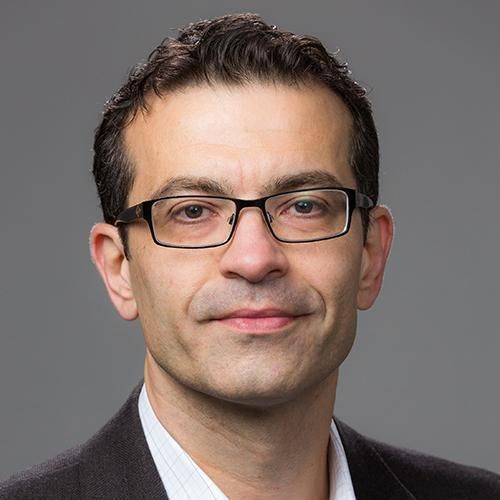Three-dimensional environment promotes in vitro differentiation of cardiac myocytes
Previous studies demonstrated that three-dimensional (3D) engineered cardiac muscle tissue can be created in vitro with structural and functional properties resembling those of native cardiac muscle. In this study, we investigated the effect of 3D vs. two-dimensional (2D) culture environment on cell differentiation. Primary ventricular cardiac muscle cells were cultivated in a 3D (on fibrous polymer scaffolds to form an engineered cardiac muscle) or a 2D culture system (in Petri dishes to form confluent cell monolayers) under otherwise identical conditions. Cell size was similar for 2D and 3D cultures. The amounts of gap junctional protein connexin-43 (an index of electrical coupling) and creatine kinase-MM (differentiation marker) were significantly higher in 3D than in 2D cultures, suggesting that the 3D environment promoted cell differentiation, probably due to increased cell-cell communication and more physiological cell shape. Similar trends were observed for tissue electrophysiological properties, where it was shown that in contrast to 2D cultures, cardiac myocytes in 3D cultures did not beat spontaneously but were readily excitable.

